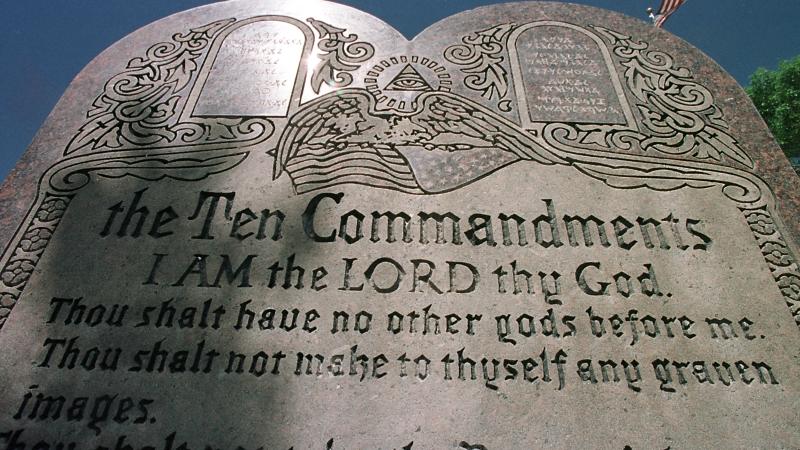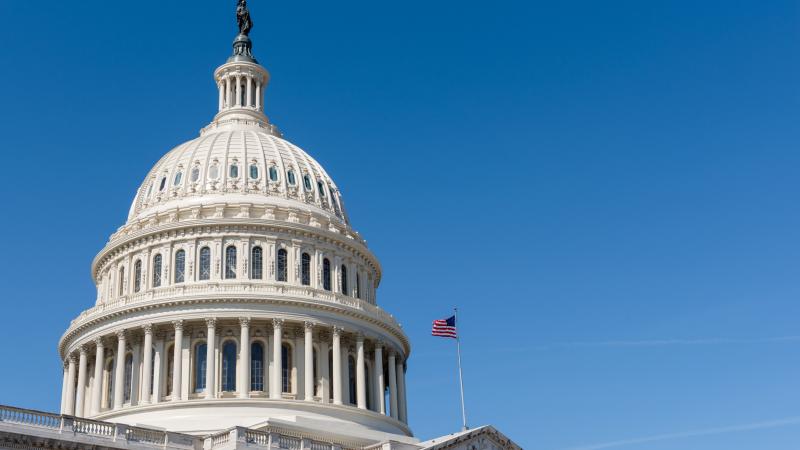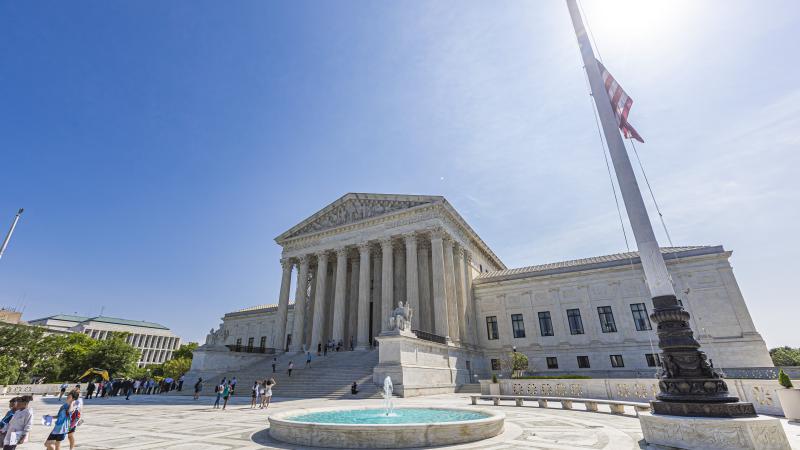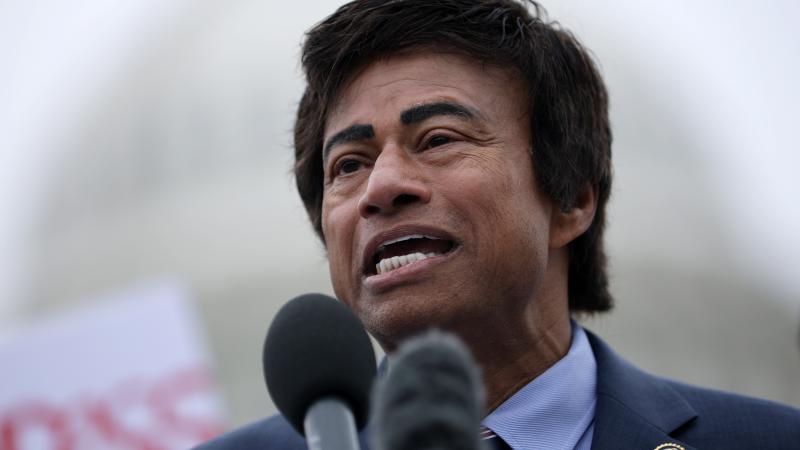LA Mayor Bass claims 'fastest recovery' in CA history, but home permitting down by two-thirds
In 2022, the city permitted 15,285 homes. In 2023, the first year the city’s Measure ULA 4% transfer tax was in effect, permitting fell to 11,272. In 2024, permitting fell again to 8,705 homes.
(The Center Square) -
(The Center Square) - Los Angeles Mayor Karen Bass bragged about the city’s post-fire recovery being the “fastest” in state history, but data from Hilgard Analytics shows home permitting is down by two-thirds since 2022, when the city passed a major transfer tax on all real estate over $5 million.
In 2022, the city permitted 15,285 homes. In 2023, the first year the city’s Measure ULA 4% transfer tax was in effect, permitting fell to 11,272. In 2024, permitting fell again to 8,705 homes. Now, in the first quarter of 2025, just 1,325 homes were permitted, putting the city on track to permit 5,300 homes this year.
“Housing production is down everywhere, but it’s nearly dead in Los Angeles,” said Mott Smith, a University of Southern California real estate development professor who analyzed the impact of Measure ULA, to The Center Square. “Thanks to Measure ULA, the car wash that could have turned into 200 units of mixed income housing is now almost certainly going to remain a car wash.”
Smith’s report with the UCLA Lewis Center for Regional Policy Studies found that Measure ULA — which was written by nonprofit housing developers to fund themselves, while exempting themselves from the tax — has reduced “both housing affordability and fiscal health.”
“Our estimates suggest that the tax is responsible for a roughly 50% decline in sales above the $5 million tax threshold,” said Smith’s report. “That lower property tax base translates to an estimated $25 million per year in forgone property tax growth — money that schools, city services and other critical programs would have otherwise received.”
Due to Proposition 13, California property tax bases remain tied to the purchase price, not current value, except in the case of rebuilding or major changes. This means that less sales turnover results in fewer resets to current market value, with losses growing over time.
“Slowed revenue growth, moreover, compounds,” wrote Smith. “If ULA continues to reduce the probability of higher-end transactions occurring in subsequent years, within a decade its annual cost in lost property tax revenues could total in the low hundreds of millions.”
Measure ULA produced $300 million in revenue for the city in fiscal year 2023-2024. This means in the coming decades, the tax will eventually cost the city more in lost property tax revenue than it gains in transfer tax revenue, on top of the forgone revenue from development spending.
Bass signaled during her State of the City address that she wishes to make it easier to rebuild and build in Los Angeles, especially as the city faces a $800 million deficit for the coming 2025-2026 fiscal year. However, builders’ ongoing frustration with city bureaucracy — including one man’s months-long slog to secure a bond for a tree that it turns out was no longer needed — suggest more work is still to be done.















